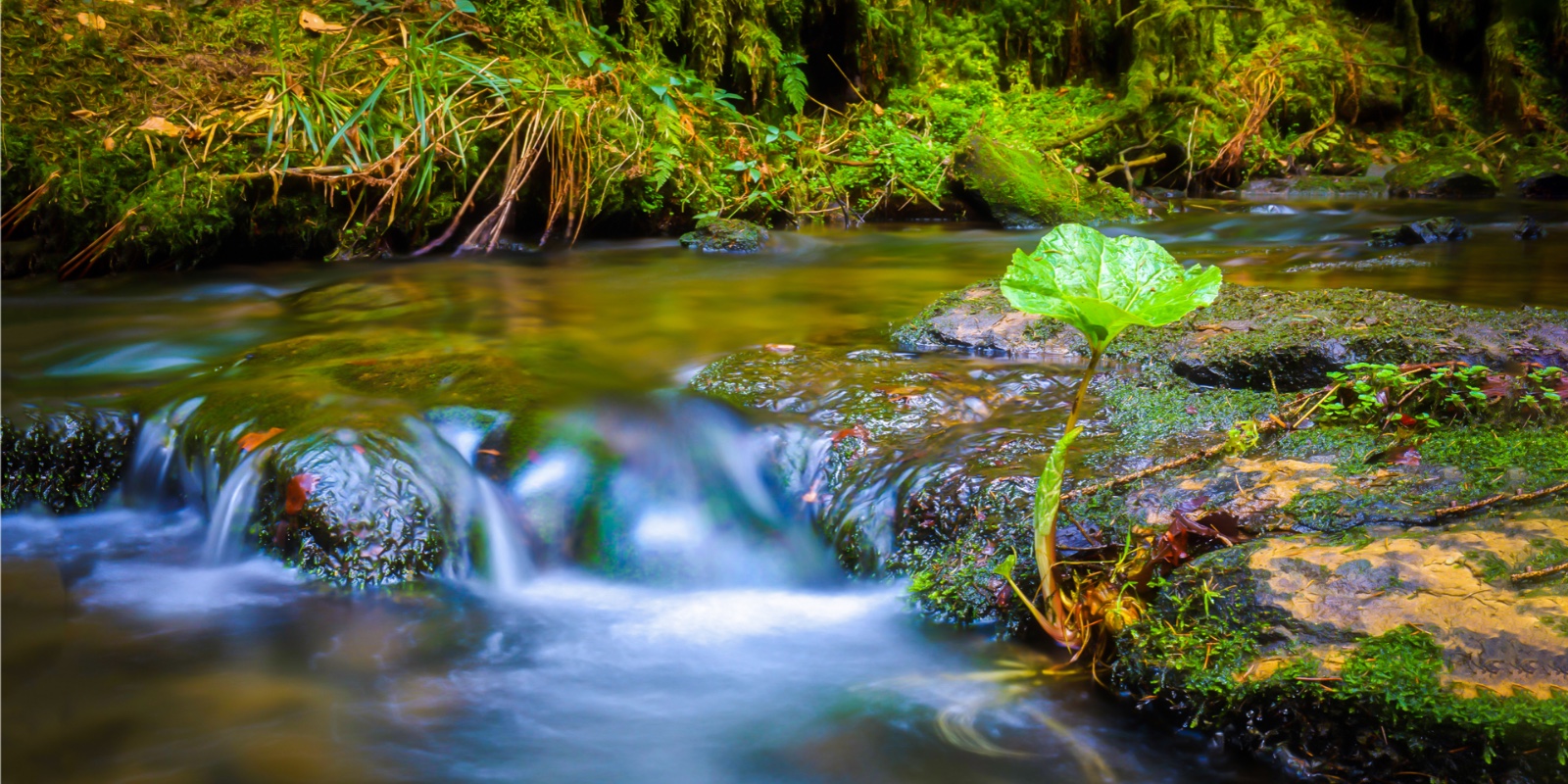- Guerrilla is a popular growing method with outdoor growers who don’t have access to a garden or balcony of their own.
- As the name implies, this outdoor growing technique is not exactly simple – and is definitely not without risks for the plants.
- In this post, our collaborator Sendabelarra gives us the lowdown on how to keep a secret garden secret, and shares some tips to make the whole guerrilla growing process easier.

Sadly, in this day and age a little carelessness is all it takes for the fruit of a summer's worth of hard work and dedication to be harvested by someone else and not you. Below are some tips to help you stop your crop from falling into the wrong hands.
Don't park always in the same spot
If you always park your car in the same spot by the grow, you may end up raising suspicion. The ideal scenario is to have someone take you and pick you up, as this way there will be no vehicles in view. If this is not possible, try at least to park somewhere different each time.
Don't leave a trail
As the days go on, your visits to the grow will end up leaving a trail, forming a path you absolutely need to avoid if you are to outwit thieves. As a first measure, try to approach the grow from existing paths. Then, when it's time to make your way through the vegetation, look for a short tree whose branches touch the ground covering the path and use it as an access point to the trail that will lead you to the grow. Lift the branches to access the back of the tree and, once you're there, take long, neat strides – always stepping on the same spots – to avoid forming a well-defined path.
Guerrilla growing by the river
Today we'll look at a type of guerrilla that involves growing by a river, but you'll still need tread carefully during the last stretch of the access trail to the grow.
Once you've left the tree path behind, head to the river using the neat strides technique. Ideally, look for a hard-to-reach bank that is covered in brambles. When you spot a thickly vegetated area that is difficult to access, it will be time for a last safety manoeuvre: digging a tunnel under the brambles.
Avoid making a tunnel that is too straight. Instead, make sure it has a couple of bends which prevent onlookers from seeing the cannabis plants on the other side. You can consider using vertically arranged sticks and a horizontal beam to keep it upright, but if possible, try to do without them at first to make it look more natural, like an animal crossing. And don't forget to cover the entrance with brambles for extra discretion.
Once you've found the ideal hidden spot by the river, you can start digging the trench where your plants will grow. When doing this, it is important that you avoid the very edge of the river so as to make sure the plants are protected by the brambles and cannot be spotted by river-goers. This will allow you to focus on soil preparation rather than on not being seen.
Preparing the soil
There are many – and very good – soil mixes you could use, but as this is guerrilla growing, priority needs to be given to weight so that you don't end up carrying unnecessary kilos. In my view, the best option is to use sheep manure in quantities of at least 30-40 kg for every 10-15 square metres – which should also free you from fertilising until the flowering period.
Setting up an irrigation system
The river is sitting there beside you, so why not use this to your advantage? Here is what you'll need to build a small but very handy device:
- A 12v +-20Ah gel battery
- A 12v 25 L/min, 2,0 bar water pump (Comet ocean-plus model)
- 10mm inside diameter hose
- Thin metallic mesh – used as a filter for the underside of the pump
Once you have attached the mesh and connected the hose, submerge the pump into the water a couple of metres from the bank and tie it to a nearby branch. The crucial step here will be finding a way to get the hose to the grow without it being visible.
Then, you'll just have to take the battery home with you every time to recharge it. The pump, which can move about 1,000 litres of water from a depth of 2-3 metres, will do the rest!
Discretion is key
You should make sure the parapet protecting the plants from prying eyes from the river is in good condition at all times, as this, together with how skilfully you get to and from the grow space every time you visit it, will determine the success of your venture. Also, make sure that the plants don't outgrow the protective wall.
Tips for the flowering period
When August approaches, spray both sides of the leaves with a copper or sulphur solution that is approved for organic farming in order to lower the pH to 4. This will help you prevent mould growth and will increase your chances of successfully harvesting the fruit of your hard work at the end of the season in October.
As for fertilisation, I find that, when as in this case, the soil is well fed, adding an organic liquid fertiliser when the plants go into bloom is more than enough to obtain a weed that is high quality and clean-tasting. Meanders is where the silt and nutrients carried by the river are deposited as sediment, creating a highly fertile soil that produces great results without the need for a specific nutrition plan.
If you found these tips helpful, stay tuned for future articles where we will look at guerrilla growing scenarios involving soil improvement and intensive fertilisation.




Comments from our readers
There are no comments yet. Would you like to be the first?
Leave a comment!Did you like this post?
Your opinion about our seeds is very important to us and can help other users a lot (your email address won't be made public).